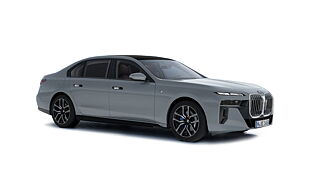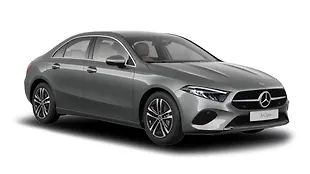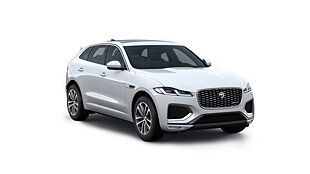
The original XF launched in 2007 was a radical step forward for Jaguar. Combining a sleek, coupe-like exterior and a luxurious interior, the XF made for a highly desirable vehicle and went on to become one of Jaguar’s top-selling cars ever. With this all-new XF, Jaguar says it has retained its predecessor’s core attributes but uses the brand’s aluminium-intensive architecture to allow weight savings of up to 190kg.
Talking numbers, the new XF is 4,954mm long and at 2,960mm, the wheelbase is 51mm longer than before. Though 7mm shorter and 3mm lower than the original XF, Jaguar claims the XF features class leading rear seat space, thanks to 15mm more legroom, 24mm more knee room and up to 27mm more headroom than before. Aerodynamics, too, are superior with the drag coefficient dropping from 0.29 to just 0.26 in this new model.

Design wise, the more vertical front end, shorter front overhang, longer wheelbase and the aggressive looking front and rear taillights reflect Jaguar’s new approach towards designing their cars. As for the drivetrain, UK-spec models will be offered with two four-cylinder diesel engine options with either 160bhp or 180bhp, a 3-litre V6 diesel with 300bhp and 700Nm and a supercharged V6 petrol engine with around 380bhp of power.
While it has been introduced in the UK, the Indian launch of the new XF is still some time away. Jaguar, in fact, is expected to bring it here in the Indian market by early 2016 with the all-new 2-litre Ingenium diesel engine, besides the existing Ford-derived 2-litre petrol engine. When launched, the new XF will continue to take on its German rivals like the BMW 5 Series, Mercedes E-Class and the Audi A6.


![Jaguar XF [2013-2016] Image Jaguar XF [2013-2016] Image](https://imgd.aeplcdn.com/272x153/cw/cars/jaguar/xf.jpg?q=80)








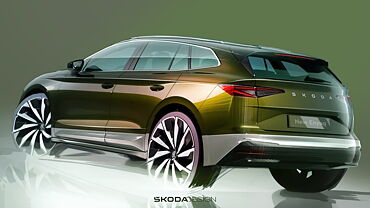

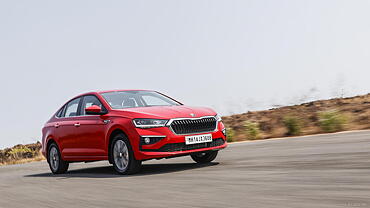




![Jaguar XF [2013-2016] Right Front Three Quarter Jaguar XF [2013-2016] Right Front Three Quarter](https://imgd.aeplcdn.com/199x112/ec/DD/A8/9796/img/m/Jaguar-XF-Right-Front-Three-Quarter-48983_ol.jpg?v=201711021421&q=80)
![Jaguar XF [2013-2016] Left Rear Three Quarter Jaguar XF [2013-2016] Left Rear Three Quarter](https://imgd.aeplcdn.com/199x112/ec/9796/img/l/Jaguar-XF-Rear-three-fourth-15144.jpg?v=201711021421&q=80)
![Jaguar XF [2013-2016] Front View Jaguar XF [2013-2016] Front View](https://imgd.aeplcdn.com/199x112/ec/9796/img/l/Jaguar-XF-Front-view-15143.jpg?v=201711021421&q=80)
![Jaguar XF [2013-2016] Interior Jaguar XF [2013-2016] Interior](https://imgd.aeplcdn.com/199x112/ec/9796/img/l/Jaguar-XF-Interior-15145.jpg?v=201711021421&q=80)
![Jaguar XF [2013-2016] Dashboard Jaguar XF [2013-2016] Dashboard](https://imgd.aeplcdn.com/468x263/ec/8286/img/l/5956.jpg?v=201711021421&q=80)







